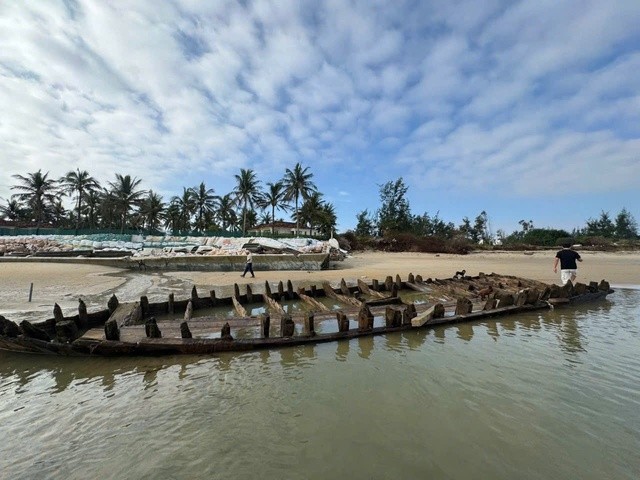
On November 8, many locals and tourists flocked to Tan Thanh beach (Hoi An Tay ward, Da Nang city) to witness with their own eyes a wooden boat suspected to be an ancient ship, which had "disappeared" in the sand for many years.
According to locals, the ship was first discovered in 2023. After storm No. 13, the sand covering the beach was significantly washed away. When the tide receded, the ship appeared with its clearest shape ever.
Previously, at the end of 2023, on the above coast, the waves exposed part of a wooden boat buried in the sand. The boat was about 15 meters from the eroding shore, the wood was dark brown, protruding 10-30 cm above the water surface.
By mid-February 2024, the ship was exposed, 4.7 meters wide and more than 16 meters long. Three months later, the ship was buried again by sand. To determine the value of the ship, the Hoi An Center for Cultural Heritage Management and Conservation in collaboration with the University of Social Sciences and Humanities (VNU-HCM) and Quang Nam Museum conducted a survey, divided into two phases.
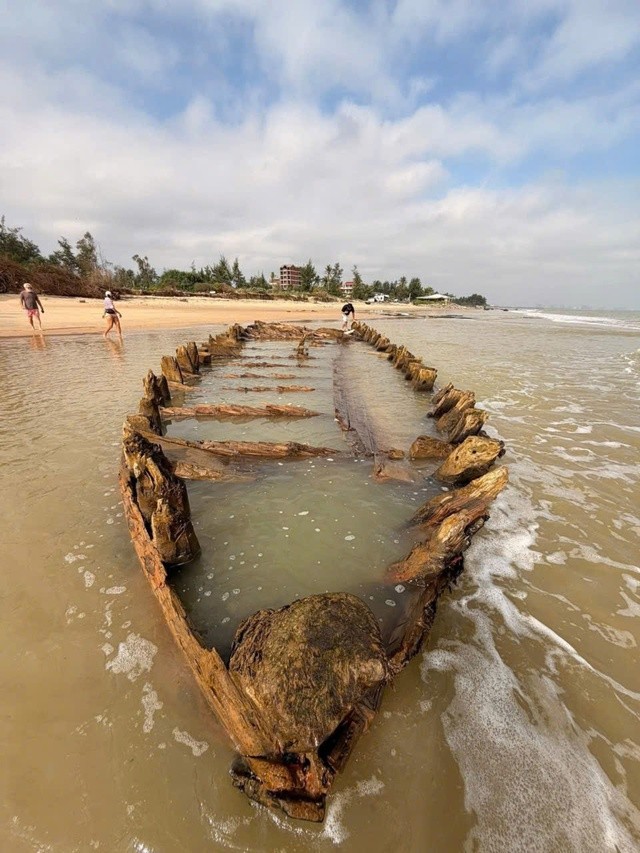
The first phase is to collect survey data and collect specimens, from May 8 to 12, 2024. The next phase is to send and receive specimen analysis results from the coordinating agency.
Initial survey results show that the ship has 28 giang (also called cong giang or curved trees or ribs). Giang is made of Lagerstroemia wood (sang le) 11.5-16 cm thick, 25-31.5 cm wide, with uneven spacing of 35-40 cm. The ship has 12 compartments, the depth of the compartment is about 1.6 m, the compartment partitions are made of pine wood. The 7 cm thick be-be planks are made of kien kien wood, some places on the hull are made of two layers of planks.
Survey results and sample analysis show that the location where the ship was discovered in 1905 was on land, about 700-800 meters from the water's edge. After that, the sea encroached hundreds of meters inland.
Regarding the ship, experts say the structure of the ship shows the characteristics of traditional East Sea boats. This is a type of boat that combines two advanced shipbuilding techniques of Southeast Asia and China, dating from the mid-late 14th to 16th centuries. The structural characteristics of traditional Southeast Asian boats are shown in the bow (bow bridge) with many layers of planks, using tropical wood as the main structure of the hull, the skeleton uses Lagerstroemia wood as the beam and Kien Kien wood as the planks.
Some characteristics of traditional Chinese ship structure are transverse bulkheads dividing the ship into compartments, using iron nails to fix the ship, the technique of driving iron nails diagonally at the edge of the planks, and using temperate wood.
Previously, the Hoi An Cultural Heritage Management and Conservation Center proposed a detailed plan and solution for the excavation and conservation of the ship and the collected artifacts to ensure their integrity.
Below are some pictures of ancient ships in Hoi An:
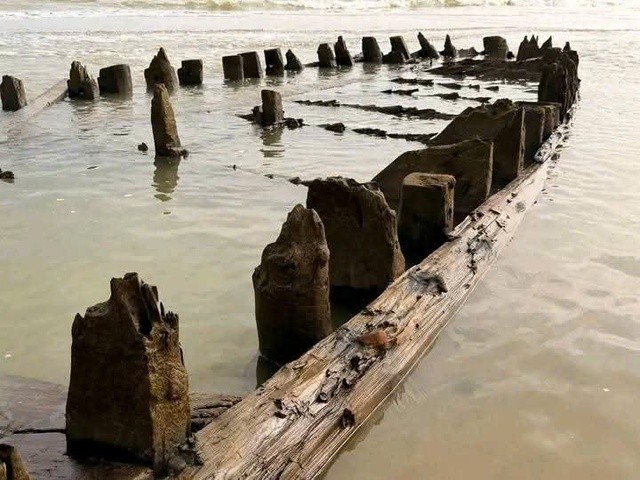



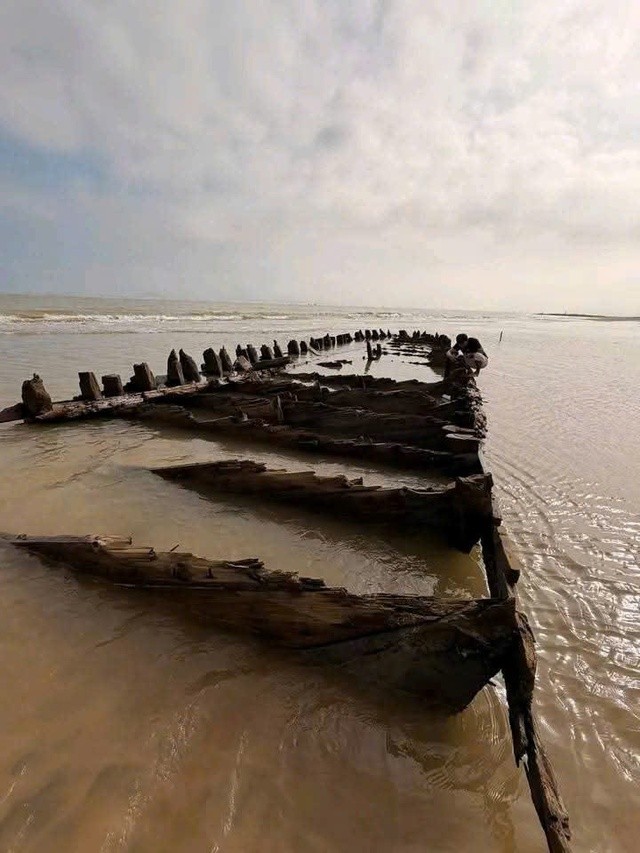
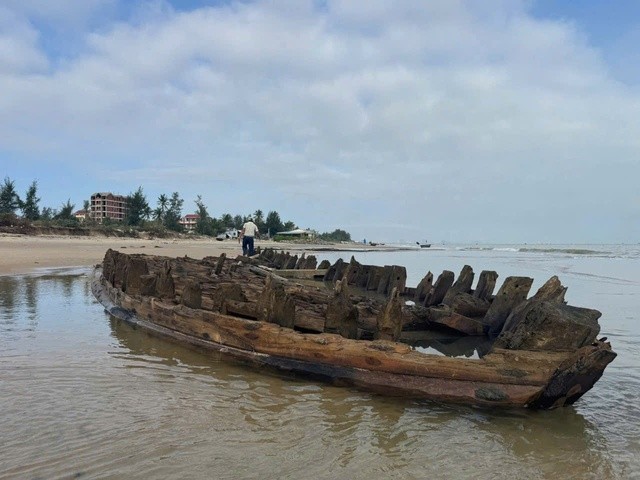


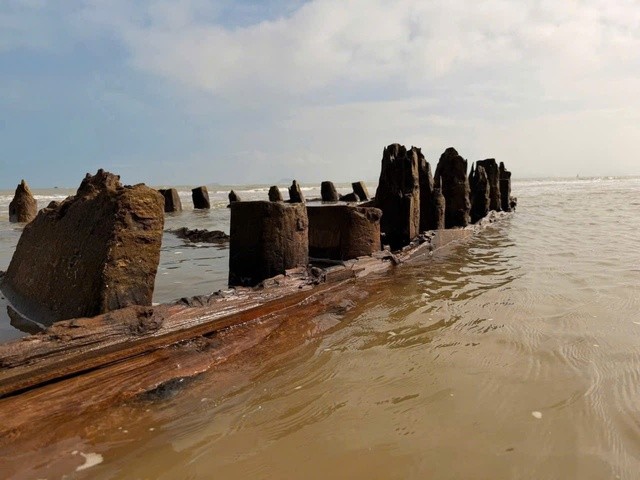

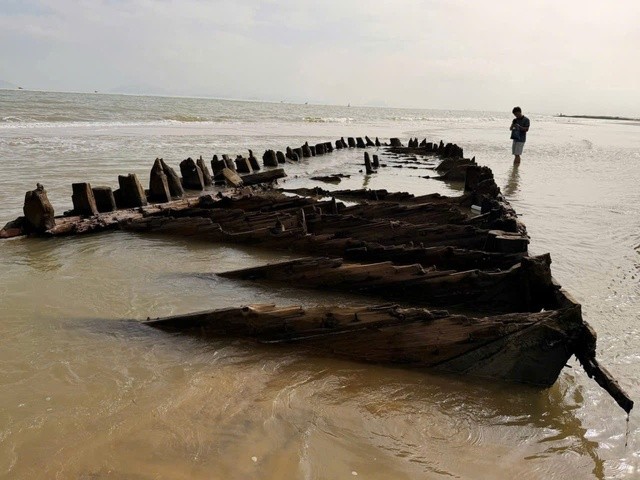
Source: https://baolaocai.vn/tau-co-o-hoi-an-lo-dien-sau-bao-so-13-post886375.html














































































































Comment (0)